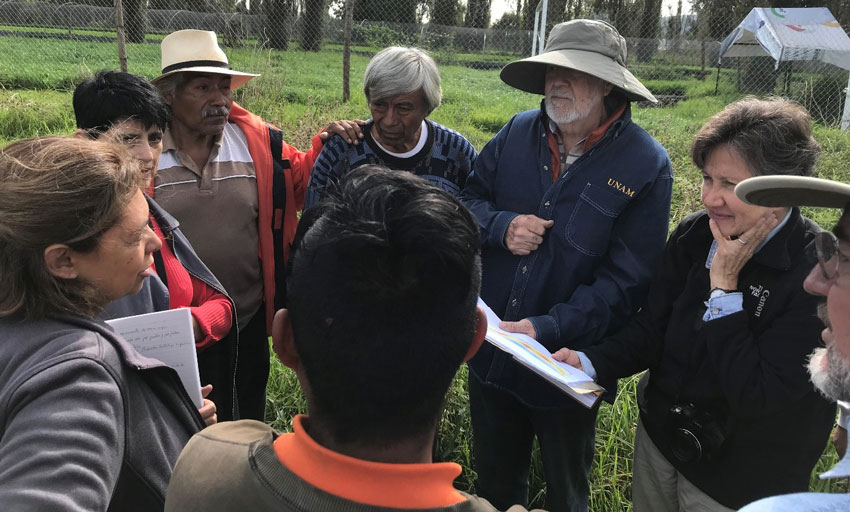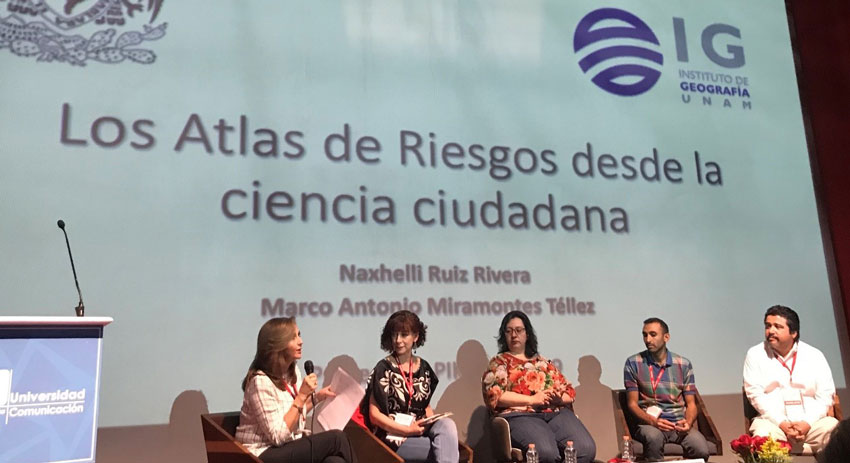Mónica Tapia of Ruta Cívica discusses the importance of “vertical connections” that transform public policies by convening and organizing groups that work at different scales.
There are multiple ways for civil society to impact people’s lives. Some believe that community organizing – sharing and explaining useful information in communities, or teaching literacy or human rights workshops with vulnerable groups—is the best way to have an impact. Others believe that transforming public policies can have an even greater reach and legacy for future generations. Through different learning experiences, we have come to understand we have to work at different scales and with different groups and perspectives.
Vertical Connections
To transform public policies with a strategic and deep vision, we learned that it was strategic to promote “vertical connections.” “Horizontal” coalitions—where more people, communities, and organizations join together—are a traditional strategy for creating strength and promoting an agenda. Vertical connections involve convening and organizing groups that work at different scales: the community, the local, the regional or state, the national, and the international.

Conversations between geophysics and sustainability experts and “chinamperos” (small farmers) about the damages of the 2017 earthquake.
A successful example of these vertical coalitions was the convening, organizing, and joint efforts to improve health and prevent maternal death carried out by Indigenous women, community groups, and regional, national, and international organizations. These women influenced the paradigms of care, created networks, and initiated public actions. International connections, created in part through MacArthur networks, enable these processes to scale up and be sustained. This was one of the experiences that taught us about vertical coalitions.
Every group is different and has diverse capacities and, especially, perspectives. For the connections between groups to be successful, these capacities and perspectives must be complementary. Community actors have information, empirical knowledge, and community voices. Local and regional organizations have contextual assessments, facts, and knowledge of local politics and media. National organizations have contacts and national communication strategies, as well as budget and national policy experience.
Connecting the National and the Local in Mexico City
Even though Mexico City has the most organizations of any region of Mexico, vertical connections remain scarce. Countless neighborhood and Indigenous groups work in the same territory yet are isolated from the organizations focused on national public policy. A metropolitan area of 20 million people is too large for community groups and simultaneously too local for those working on national governing, making public policy work challenging.

Government, business, and citizen representatives discuss the Risk Atlas. CIUDADania 2018 Festival.
At Ruta Cívica, we have been working to fill this gap since 2015. We build connections and learn from the knowledge of local groups, citizens in neighborhoods and city councils, but also from the work of organizations dedicated to national policy. We seek to advance sustainable planning, justice, and the city’s resilience. We identify and take advantage of opportunities like the drafting of a new Mexico City Constitution, the Planning Law, the Anti-Corruption System, and the earthquake and reconstruction to promote these systemic transformations. We never work alone, but always building connections amongst a wide ecosystem of actors, communities, organizations, officials, academics, and even the private sector.
The challenge of these connections requires dealing with complexity and diversity, exploring and talking about the distinct perspectives to find common visions and diverse strategies for long-term collective action. The results are not linear—logical frameworks nuances, indicators and predictable results are futile—but rather accumulative and synergetic, built over years, and even, sometimes, decades.




